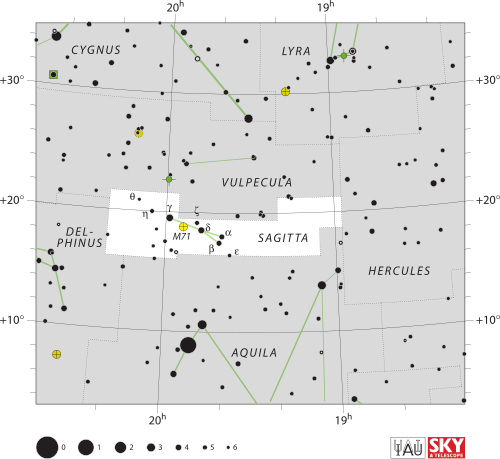 The Wikipedia article of the day for January 13, 2021 is York City War Memorial.
The Wikipedia article of the day for January 13, 2021 is York City War Memorial.The York City War Memorial is a First World War memorial designed by Sir Edwin Lutyens and located in York, in the north of England. A public meeting in January 1920 to decide how to commemorate York's war dead opted for a monument, over a more utilitarian memorial. Lutyens was engaged, and his first design was approved, but it was perceived to clash with York's existing architecture, and the proposed site was abandoned in favour of one just outside the city walls. Lutyens submitted a new design, of a war cross and stone of remembrance, that was scaled back to the cross alone due to lack of funds. Prince Albert, Duke of York (later King George VI), unveiled the memorial on 25 June 1925. It consists of a stone cross 33 feet (10 metres) high on three stone blocks and a stone base, mounted on two further blocks and two shallow steps. It sits in a memorial garden, with an entrance designed by Lutyens. The memorial itself is a Grade II* listed building.
 The Wikipedia article of the day for January 12, 2021 is
The Wikipedia article of the day for January 12, 2021 is  The Wikipedia article of the day for January 10, 2021 is
The Wikipedia article of the day for January 10, 2021 is  The Wikipedia article of the day for January 9, 2021 is
The Wikipedia article of the day for January 9, 2021 is  The Wikipedia article of the day for January 8, 2021 is
The Wikipedia article of the day for January 8, 2021 is  The Wikipedia article of the day for January 7, 2021 is
The Wikipedia article of the day for January 7, 2021 is